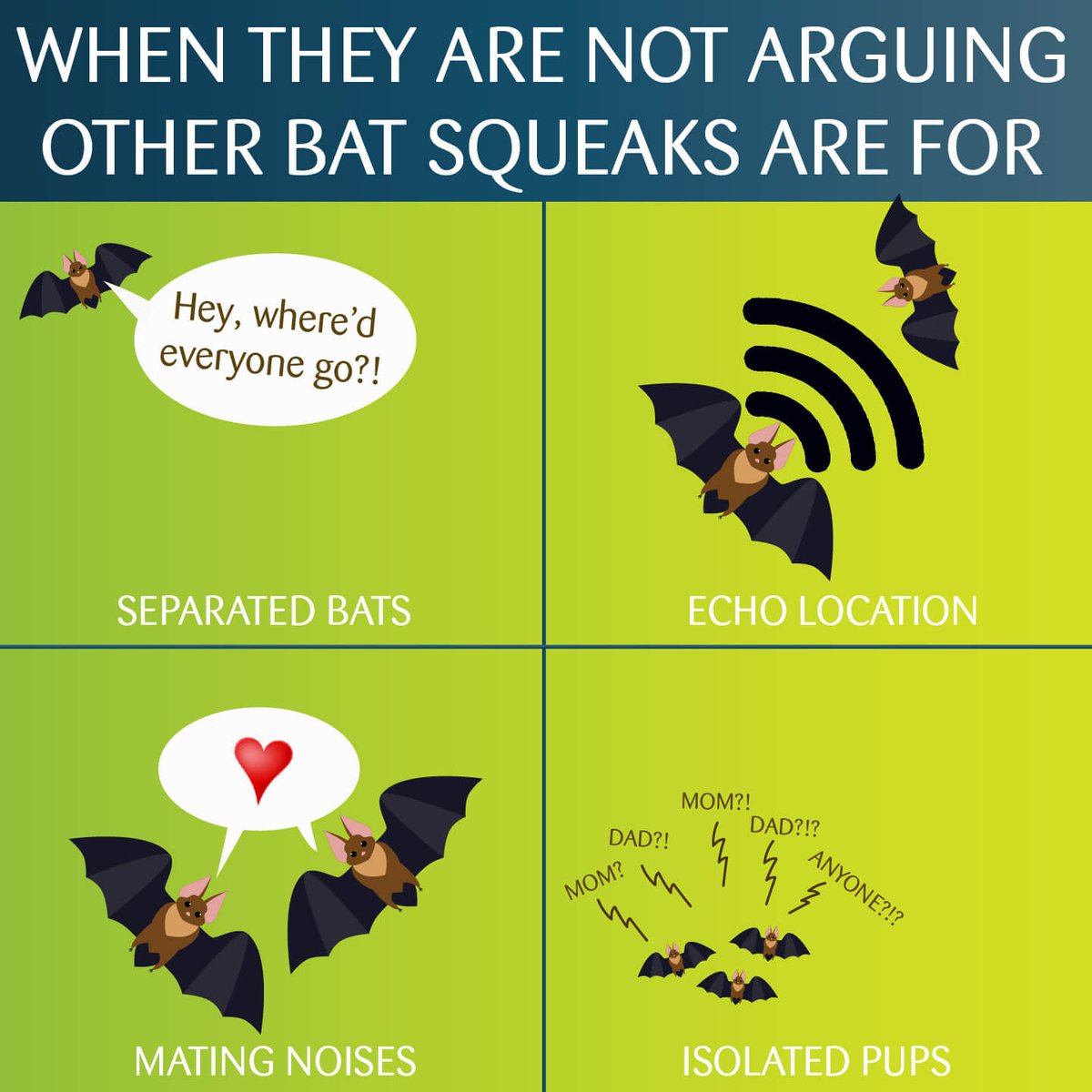Question Your World: Why Do Bats Argue So Much?
Communication is so important! Consider for a moment how valuable it is that we have the ability to communicate with one another. These exchanges of thoughts have helped us build the world around us and will continue to be vital as we explore the rest of the universe! Humans are just one species out of millions of animal species on Earth. Other animals communicate, too, but we still know very little about what their chatter translates to. A recent study tried to solve a piece of this big puzzle by studying the chatter of bats and they found something pretty remarkable. Why do bats argue so much?
Holy communication, bat man! Recently, a team of researchers learned some fascinating things about Egyptian fruit bats and their squeaking cacophony. For this study scientists used a machine learning algorithm created to analyze and recognize human voices and applied it to almost 15,000 vocalizations from 22 chatty bats. This algorithm was actually able to detect which individual bat was speaking and the tone that was being used to communicate to other bats.
So, what did they find?
Turns out that over 60% of the bats’ communications were calls of aggression, or as we sometimes refer to them, arguments.
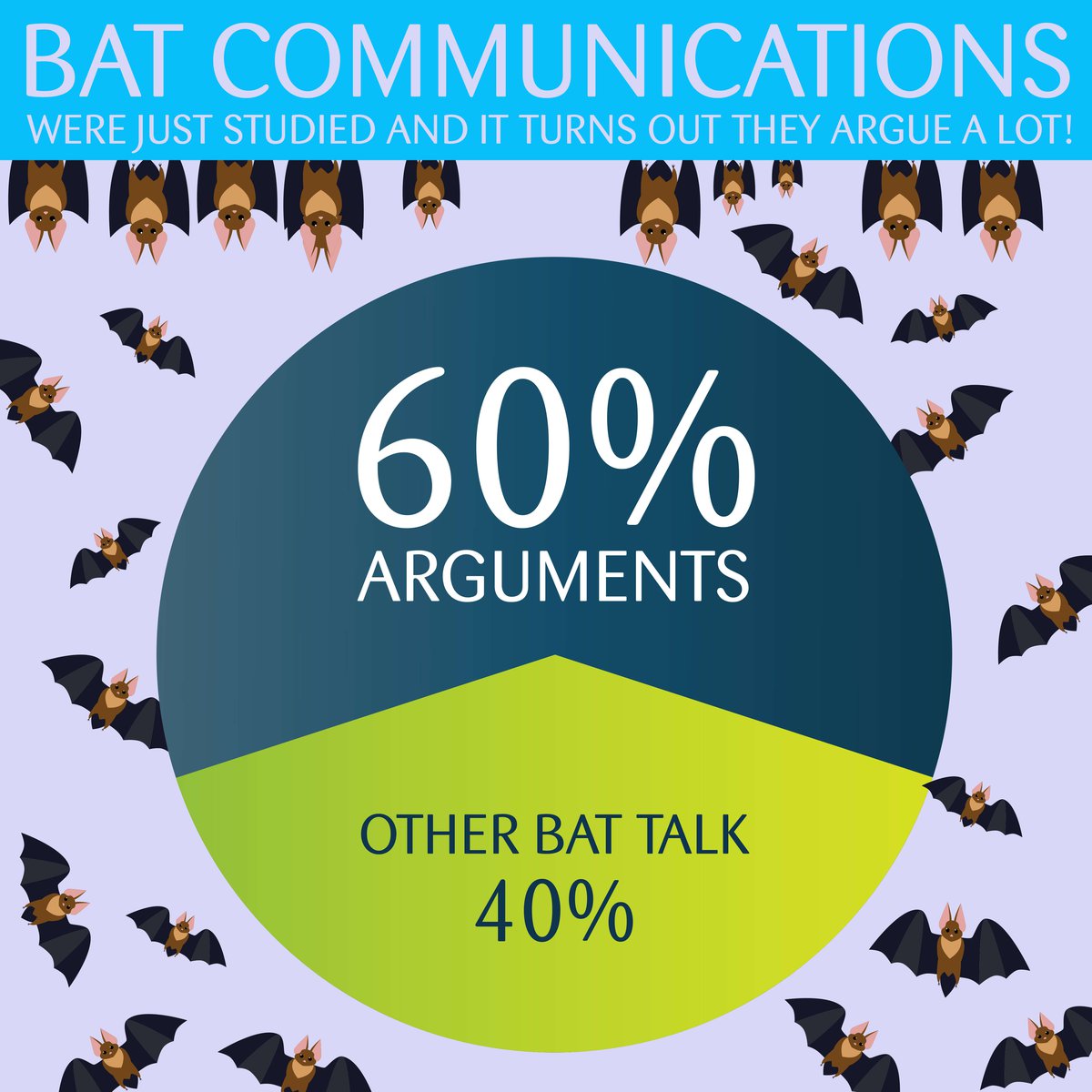
These bats argued over four primary issues:
- Their position in sleep clusters
- Their perch, or when other bats infringed on personal-bat-space
- Fights over food
- Females reacting to a male’s attempt to mate uninvited
Other aspects of their communications involved echo location, distress calls from separated bats, sounds made during mating, and isolated bat pups crying out for their parents.
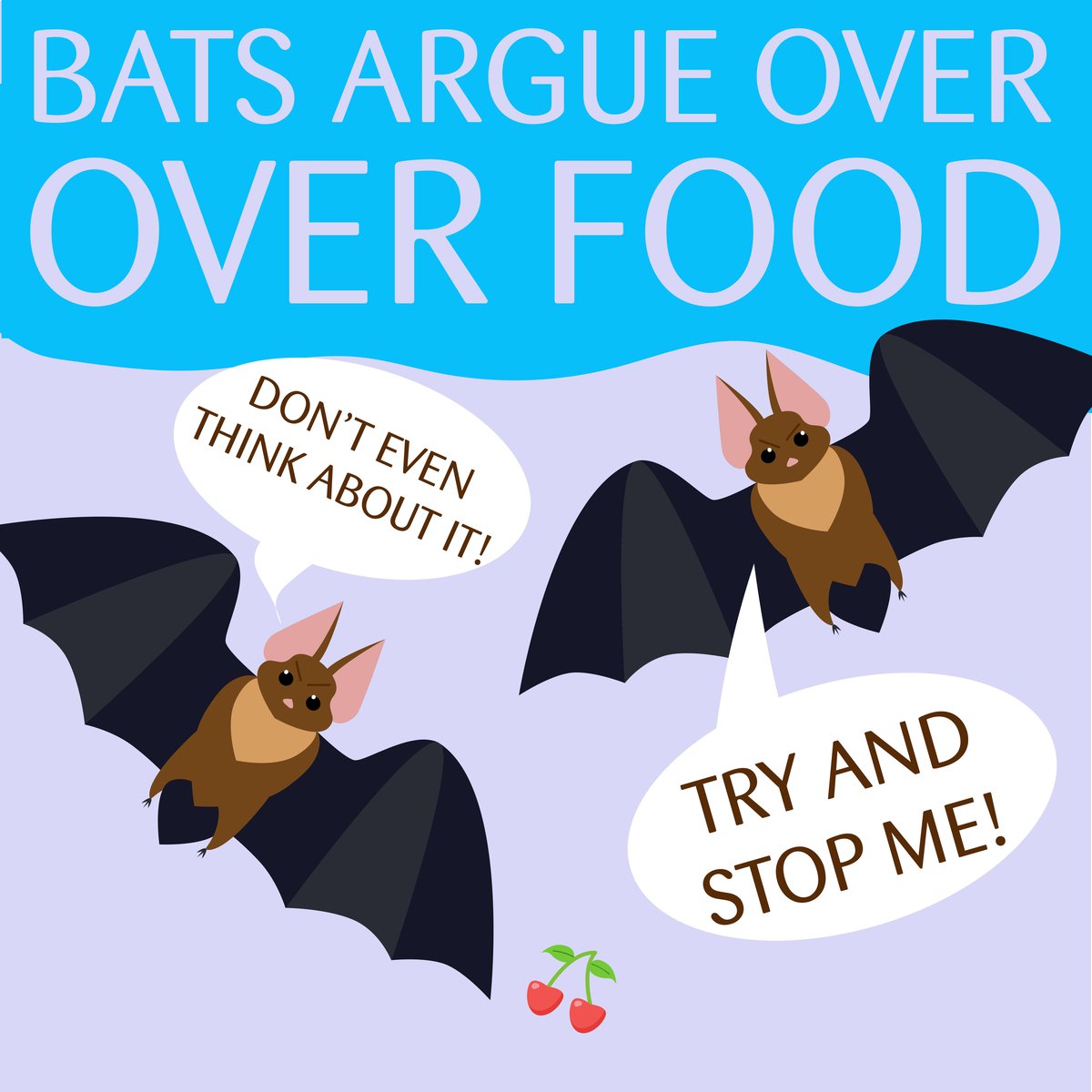
This research sheds light on how bats use context-specific vocalization, or different tones for different communications, kind of like how you may use a different tone with your boss than you would with an old friend. In addition to learning these aspects of bat communication, scientists use technology to find repeating patterns in animal vocalization to better help scientists understand how our fellow mammals make sense of their nearby neighbors.

Despite the fact that there are thousands of known bat species, they remain some of the most understudied animals on Earth. Here in Virginia we have 16 species of bats, four of which are on federal and state endangered lists. Knowing more about these winged mammals would be a great thing as many bat species have been facing stress from habitat loss and environmental impacts from climate change.
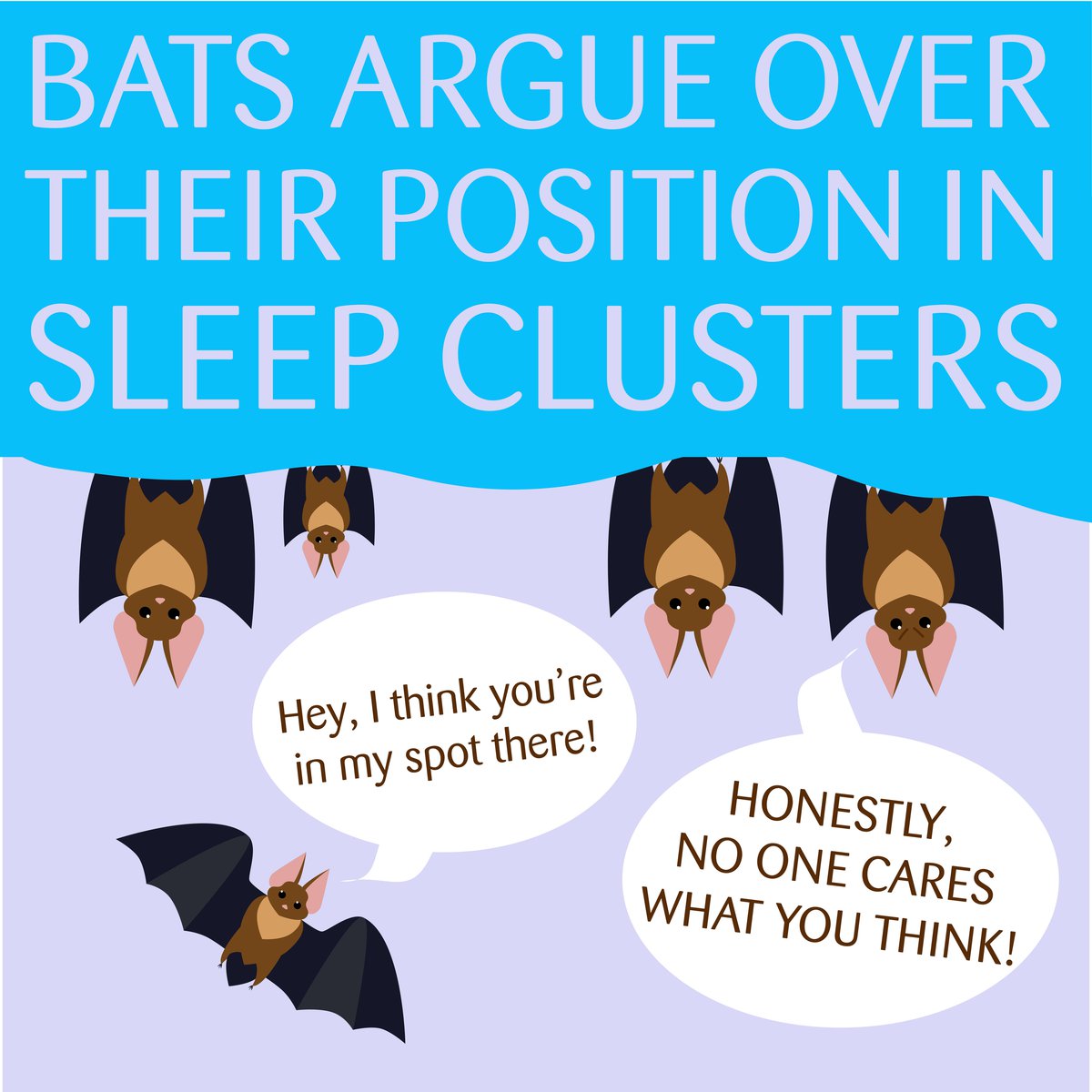
Understanding how bats communicate may play a vital role in knowing how these animals interact with one another and how they react to their changing environments. For now, this study has only been done on the Egyptian fruit bat, but like most other aspects in science, finding an answer simply leads to more questions. Do all bats do this? What other animals could we study using a machine learning algorithm? There's much left to learn about the world around us and science makes the path towards that knowledge more possible.
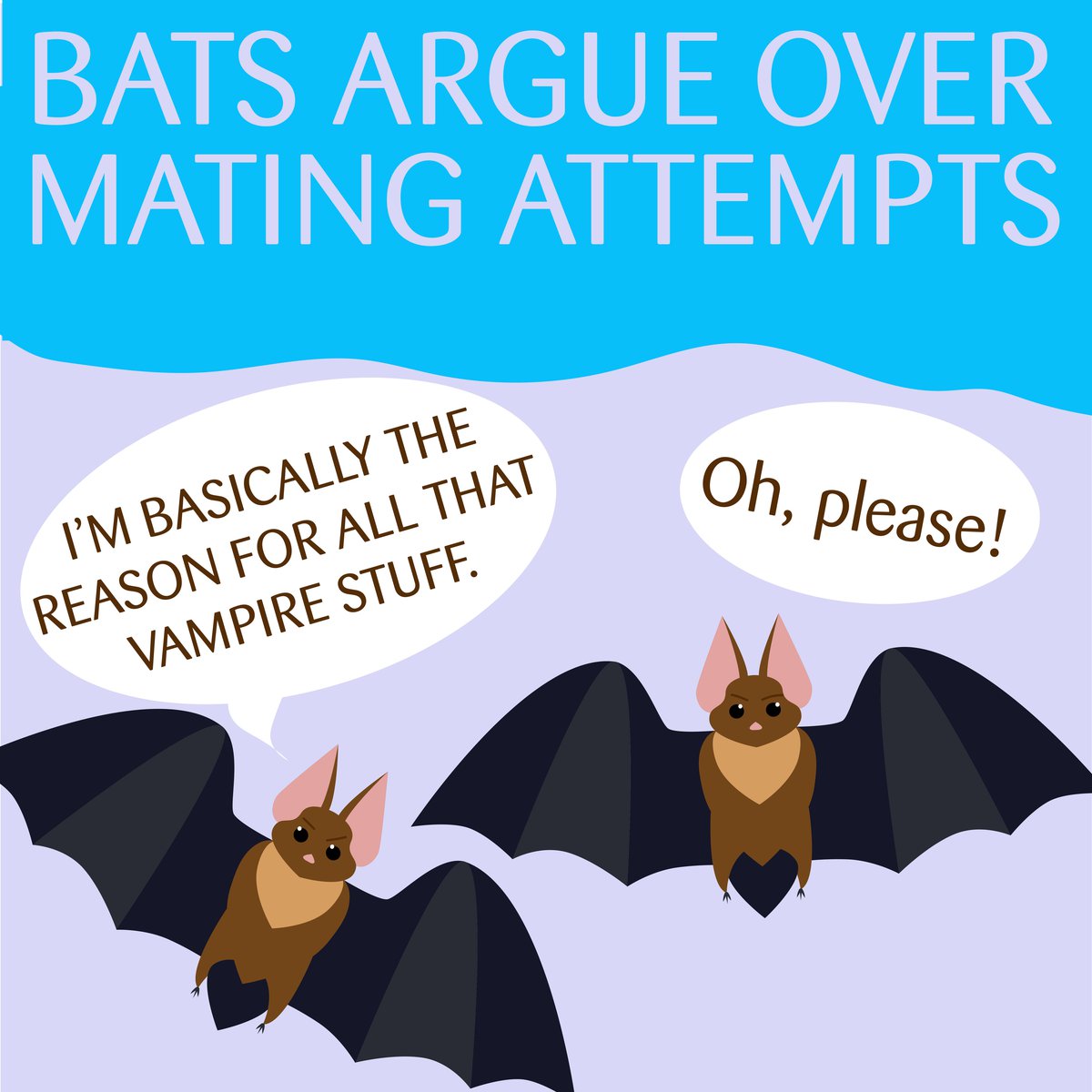
Regardless, for now, bats are being added to the list of critters that use context-specific vocalization like dogs, dolphins, and us humans to name a few. It’s also nice to know that we’re not the only creature that argues while hanging out.
